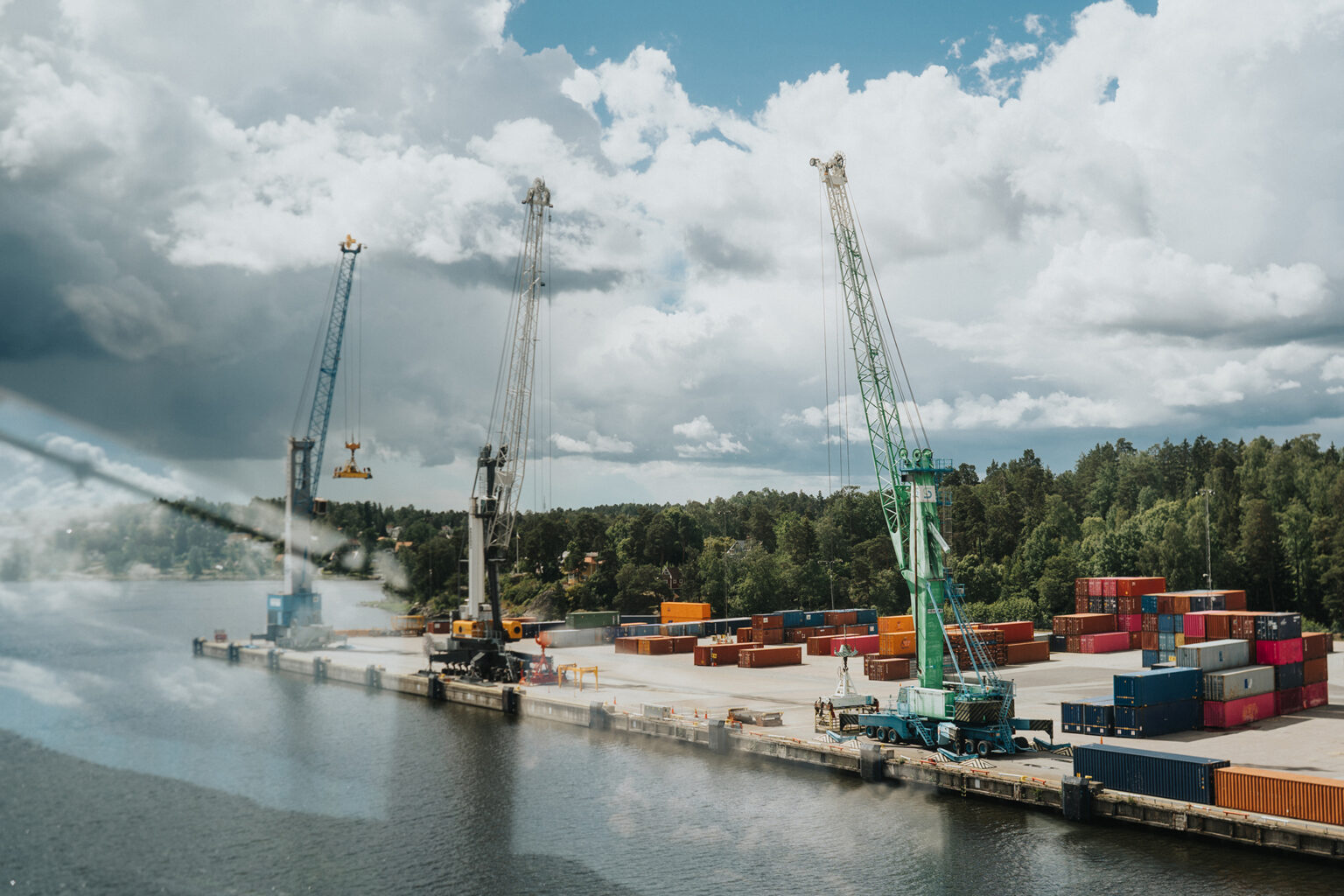Defining good logistics
Ideally, shipments would arrive instantaneously, be cost-effective, and 100% reliable while minimizing environmental impact. However, reality involves trade-offs, and companies must prioritize different aspects of logistics based on their unique needs. The right balance among cost, speed, reliability, and sustainability is what ultimately defines good logistics for a company.
Key considerations for planning a logistics chain
Before diving into the logistics chain planning process, it’s essential to step back and assess the entire supply chain. This comprehensive approach ensures that improving one process doesn’t unintentionally disrupt another. It’s essential to set clear objectives. What are the primary goals for your logistics operations? Defining these goals will help shape a business strategy that aligns with your logistics chain.
Identifying your logistics priorities
A successful supply chain hinges on prioritizing among cost, speed, reliability, and sustainability. Visualize these parameters on a three-dimensional scale: prioritizing one will inevitably affect the others. For example:
- Speed: Ensuring that goods are delivered quickly can significantly impact customer satisfaction and operational efficiency. To achieve this, it’s essential to streamline processes and leverage the most efficient transportation methods available. One approach to enhancing speed is optimizing your supply chain network. This involves strategically locating warehouses and distribution centers closer to key markets. By reducing the distance goods need to travel, you can cut down on transit times and ensure faster deliveries.
- Sustainability: In today’s logistics industry, sustainability is a key priority. Companies are increasingly aware of the environmental impact of their operations and are seeking ways to reduce their carbon footprint. One effective approach is to consider sea shipping and biofuel insets, which allow you to choose renewable fuels for your shipments. It’s a simple, cost-efficient solution that makes a real difference in emissions.
- Cost: If minimizing costs is the main concern, it’s important to look beyond just direct transportation costs. Indirect costs, such as delayed shipments can lead to missed market opportunities, which can be far more significant than the transportation costs themselves. In the retail industry, timing is everything. A delay in delivering seasonal goods, such as holiday items, can result in substantial financial losses. Therefore, understanding the bigger picture is essential for effective logistics planning.
Adapting to modern logistics challenges
Today’s logistics environment is influenced by several emerging trends, including digital transformation, increased focus on sustainability, and global supply chain disruptions. Adopting digital tools and platforms can enhance real-time tracking, automate processes, and improve overall efficiency. Meanwhile, embracing sustainable practices is not only beneficial for the environment but can also strengthen your brand’s reputation and meet growing consumer demand for more sustainable options.
Improve your supply chain
The future of logistics is dynamic, with trends such as automation, digitalization, and sustainability continuing to shape the industry. By focusing on these evolving areas, companies can ensure their logistics operations remain robust and adaptable.
At Greencarrier, we assist our customers in the various challenges of logistics to align with their specific goals, whether it will be reducing their CO2 emissions, improving cost-efficiency or enhancing delivery speed.
Reach out to us to discuss how we can support your logistic and shipping needs.
For further insights, trends, and inspiration in the world of logistics check out more articles on our Greencarrier blog.




